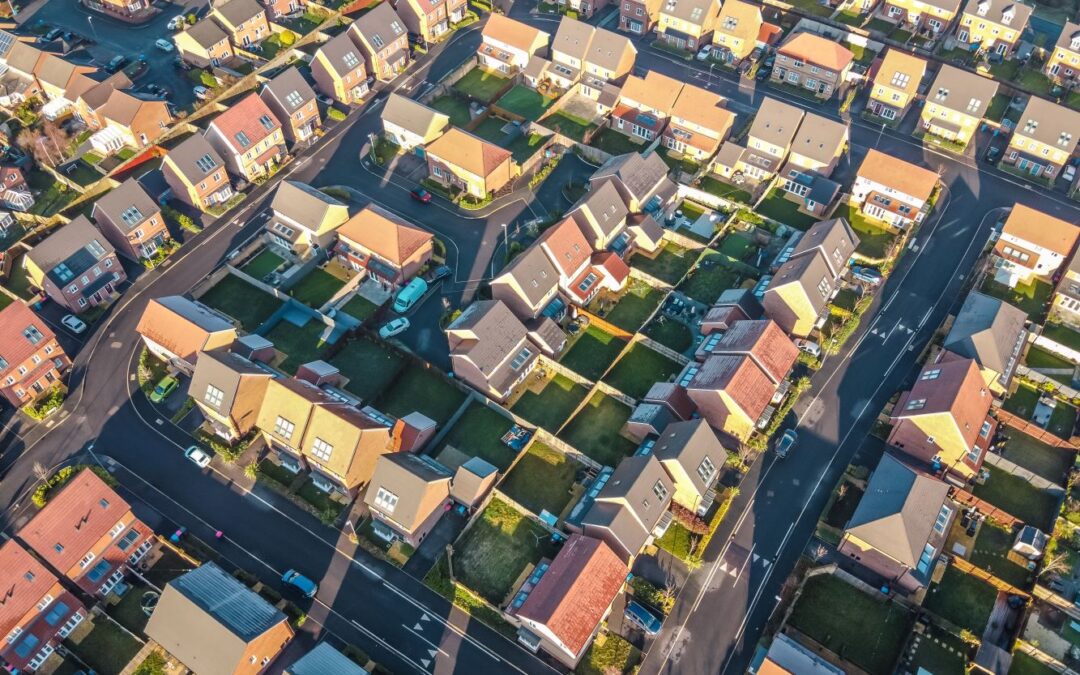Uncertainty is rising about the global economic outlook after the missile strikes traded between Israel and Iran over the past week. The worsening tension in the Middle East has pushed up oil and gold prices, started to disrupt sea and air travel in the area and has provided another reason to mark down global economic growth prospects and worry about the return of higher inflation. It is worth considering what is the best safe haven asset in a disturbed world. In Australia, we see evidence that housing is taking that roll and the lift in buying activity and house prices over recent months provides reason, in our view, to expect that Australia might ride through the downside shocks to demand blowing in from overseas.
Australian housing demand is driven by several factors including population growth, government support initiatives and the cost of borrowing. Of these three major factors, population growth is becoming less supportive, but government initiatives and the cost of borrowing are becoming more supportive.
Looking at the less supportive factor for housing demand first, population growth has moderated from the extraordinary pace in the second half of 2023. Back in Q3 2023 population growth peaked at 2.5% y-o-y, or 663,000. Net overseas migration was the big driver of annual population growth at 556,000. Restrictions on the number of visas granted started to limit population growth in 2024, but in the latest detailed population data available for Q3 2024 annual population growth was still running above the average of 1.6% y-o-y this century at 1.8% y-o-y, or 484,000 with net overseas migration of 380,000.
While population growth is running slower than at its peak it is still running close to three times the pace of additions to new housing supply. New housing commencements totaled 168,000 in 2024 while home building approvals in April 2025, at 14,600 while up 7.6% y-o-y are annualising around 175,000. In short, the supply of new housing, while improving, is still running well short of what is needed for population growth, even though population growth has slowed.
In terms of government initiatives, these have always tended to foster more demand relative to supply. Longstanding tax benefits such as no capital gains tax on principal residence, the range of tax deductions including negative gearing arrangements for housing investors, stamp duty concessions for first time home buyers and soon to be introduced shared equity purchase with government all help to make housing a highly preferred asset purchase.
Also, the nature of Australia’s home mortgage market still largely variable interest rate and where fixed rate mortgages are available, they are short-term, mostly 2 or 3 years fixed, means that home buying demand is more sensitive to movements in official interest rates than in many other countries.
There was some limited flattening in home buying activity in 2024, confined mostly to Melbourne where housing supply was better aligned to demand, but the factors working to rekindle home buying activity were starting to simmer. Government policy was adding more to demand for housing than supply. Then the RBA started to cut the cash rate in February in an environment already rebuilding net demand for housing. The second cash rate cut in May with the promise of more to come has thrown more fuel on the housing fire. Unsurprisingly, house prices are lifting again after the lull in 2024, and the price rises seem to be general across the country, and they also appear to be gathering pace.
The uncertainty in the world heightened by President Trump’s tariff policies and now the worsening situation in the Middle East is one more factor likely to make Australians look towards investing in an asset immune from foreign troubles. Housing fits the bill.
A bright outlook for Australian house prices is likely to help deliver firmer general demand. It could offset much of the damage to prospective Australian growth from trade tensions. It is also likely to push up inflation, probably starting next year.
Greater emphasis on housing spending may also compromise growth in other investment spending, including business investment spending. The problem of addressing poor productivity becomes harder and could become another factor rekindling inflation.
We see the renewed and strong upward pressure on house prices becoming a factor that will limit how much more the RBA can cut rates this year. Another two rate cuts to 3.35% is likely to prime much stronger housing demand and with it much higher house prices. We cannot see why the RBA will cut another two times beyond 3.35% as some are predicting.

